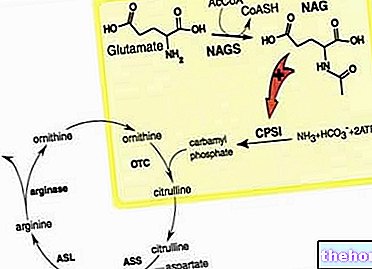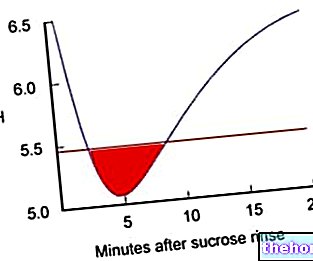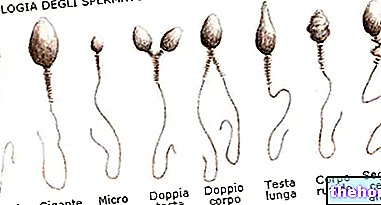The peptide bond is a covalent bond that is established between two molecules, when the carboxyl group of one reacts with the amino group of the other through a condensation reaction (or dehydration, which leads - that is - to the elimination of a water molecule ).
Usually, the peptide bond is formed between two amino acids, resulting in a dipeptide.
Since a dipeptide in its molecule still includes an amino and a carboxy group, it can form a peptide bond with a third amino acid, giving rise to a tripeptide, and so on. When the number of amino acids is relatively small it is called oligopeptide, while if the number of amino acids increases it is called polypeptide or protein.

In reality, in spite of the figure, the peptide bond is not of the simple type, but has a 60% single bond nature and 40% a double bond nature.
In living organisms, the formation of the peptide bond is catalyzed by an enzyme - called peptidyl transferase - present in the major subunit of ribosomes.
The proteins introduced in the diet are also made up of amino acid chains joined by peptide bonds. During digestion these bonds are broken by particular enzymes (peptidases) present in the gastric and pancreatic juice. The single amino acids, once absorbed by the intestine, pass from the blood and are taken up by the cells - especially the liver ones - which join them through new peptide bonds to form the proteins they need (not only structural but also hormonal, enzymatic, etc. In fact, in nature there are a large number of proteins, with different physicochemical characteristics, which derive from the different properties of the 20 ordinary amino acids and from how they combine in the polypeptide chain. Just think that a protein of 100 amino acids, therefore relatively small, it can consist of 20100 = 1.27 x 10130 possible polypeptide chains. The instructions for building the correct amino acid chain are contained in the individual's genome.




























